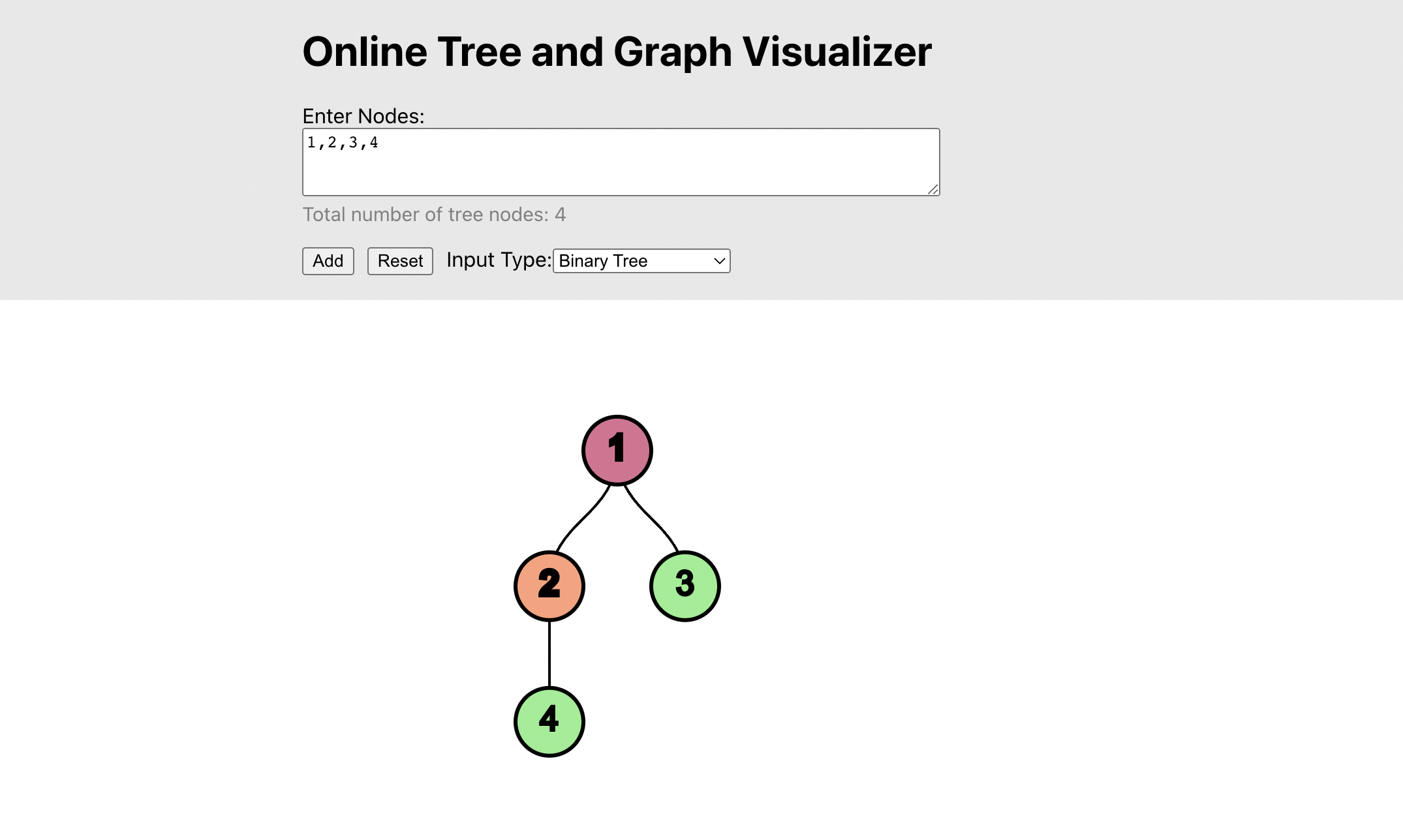Binary trees are foundational data structures in computer science, used for a wide range of applications. One essential operation performed on binary trees is the postorder traversal, which involves visiting all nodes in a specific order. In this article, we'll explore the concept of binary tree postorder traversal, discuss its significance, and provide code implementations in C++, JavaScript, and Java. For an interactive learning experience, we've developed a colorful and engaging React webpage.
Please visit our Tree Visualizer and Converter to visualize the sample input of tree and graph to solve the questions.
In binary trees, each node can have at most two children: a left child and a right child. In a postorder traversal, nodes are visited in the following order:
- Traverse the left subtree.
- Traverse the right subtree.
- Visit the current node.
This order allows you to explore the tree's structure starting from the leaves and moving up towards the root.
Postorder traversal is a crucial operation with various applications, including:
- Tree Construction: In certain memory management schemes, postorder traversal can be used to release memory occupied by dynamically allocated nodes, starting from the leaves and moving towards the root.
- Expression Evaluation: In an expression tree, postorder traversal can help evaluate expressions by visiting the nodes in the correct order. This is essential for calculating the result of complex mathematical expressions represented as trees.
- Tree Deletion: When deleting nodes from a binary tree, postorder traversal can help ensure that child nodes are deleted before their parent nodes, preventing memory leaks.
In the C++ code example provided above, the postorderTraversal function takes the root of the binary tree as its parameter. It recursively traverses the tree in the left-right-root order and prints the values of the nodes.
